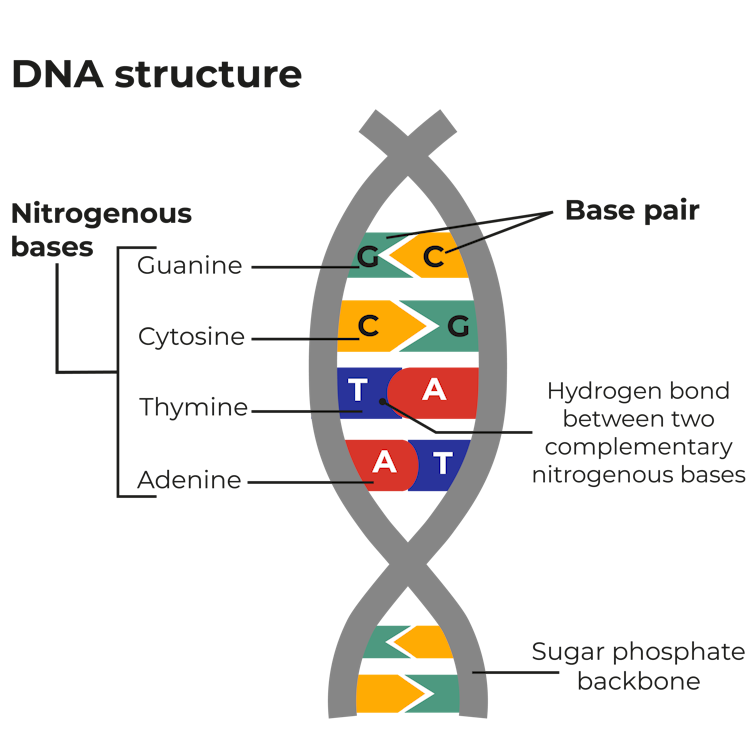Context:
The tragic crash of an Air India Boeing 787 Dreamliner in Ahmedabad has brought DNA identification to the forefront as a crucial tool in confirming the identities of the deceased. In large-scale disasters where victims' bodies may be disfigured, burned, or fragmented, DNA testing becomes the gold standard for ensuring accuracy and dignity in identification.
Why DNA Identification Matters?
Every human (except identical twins) has a unique DNA sequence, present in almost every cell of the body. In the aftermath of aviation disasters, where physical recognition becomes near impossible, DNA analysis provides a scientific and dependable method to connect remains with grieving families.

DNA Analysis Methods:
Multiple analytical techniques are used depending on the quality of the recovered material, including:
· Short Tandem Repeat (STR) Analysis: Evaluates short, repeated sequences in nuclear DNA that vary greatly between individuals.
· Mitochondrial DNA (mtDNA) Analysis: Used when nuclear DNA is degraded or unavailable, this method analyzes DNA inherited from the mother.
· Y-Chromosome STR Analysis: Focuses on the Y chromosome, inherited from father to son, to match remains to paternal male relatives.
· Single Nucleotide Polymorphism (SNP) Analysis: Used when DNA is severely degraded, this method analyzes single base variations in DNA sequences.
DNA, or Deoxyribonucleic Acid, is the molecule that stores the genetic instructions an organism needs to develop, survive, and reproduce. It exists primarily in the nucleus of cells, with small amounts in the mitochondria.
· DNA is shaped like a double helix, resembling a twisted ladder:
· Backbone: Alternating sugar (deoxyribose) and phosphate.
· Bases: Four nitrogenous bases—Adenine (A), Thymine (T), Cytosine (C), and Guanine (G).
Base Pairing: A pairs with T, and C pairs with G.
DNA works as-
· Stores genetic information
· Guides protein synthesis
· Enables inheritance
· Controls cell functions and development
Significance of DNA
DNA (Deoxyribonucleic Acid) carries genetic instructions vital to life. Its applications span key fields:
1. Forensic Science
· Crime Solving: Matches DNA from crime scenes with suspects.
· Paternity Tests: Confirms biological relationships.
· Missing Persons: Identifies remains in disasters or investigations.
· Justice: Exonerates the wrongly convicted.
2. Medicine
· Genetic Research: Aids disease understanding and treatment.
· Gene Therapy: Repairs faulty genes.
· Personalized Care: Tailors treatments to individual DNA profiles.
3. Agriculture
· Better Crops: Enhances yield, nutrition, and disease resistance.
· Animal Breeding: Improves livestock through genetic selection.
· Pest Control: Identifies pests for precise targeting.






